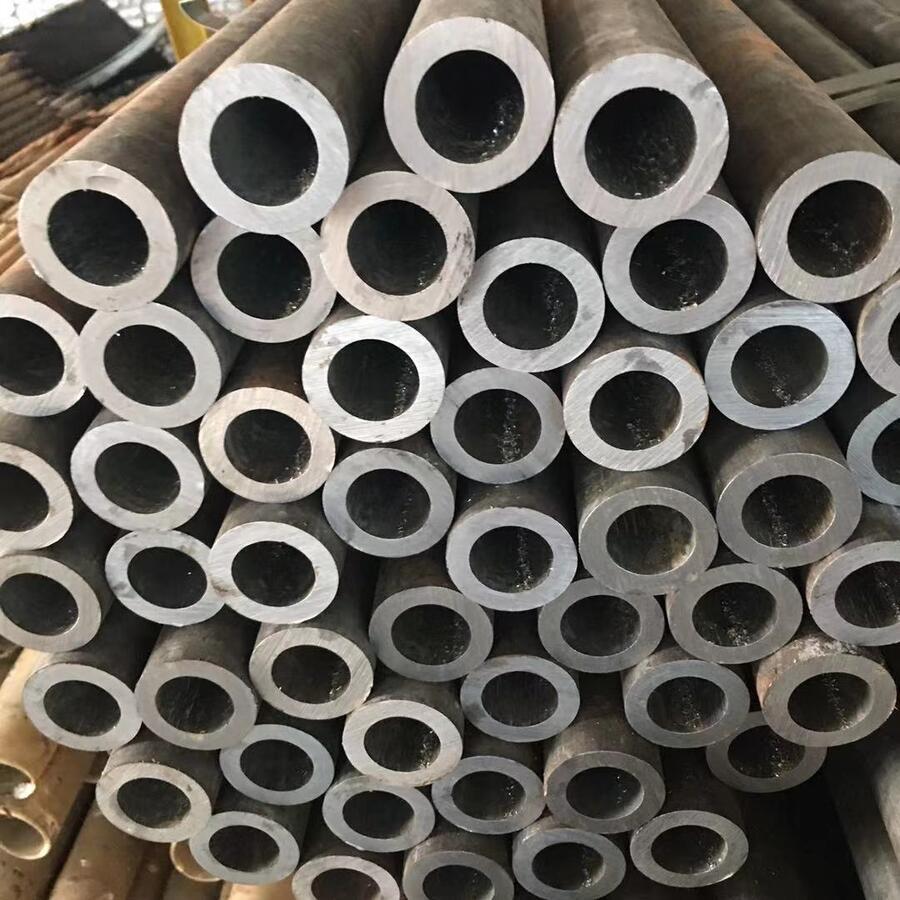Introduction to Steel Production Lines
The steel production line is a crucial component of the manufacturing industry, responsible for converting raw materials into high-quality steel products. This process involves several stages, y compris la fonte, fonderie, roulement, et finition. Understanding the intricacies of a steel production line is essential for anyone involved in the industry, from engineers to business owners.
Components of a Steel Production Line
A typical steel production line consists of several key components:
- Fournaise à arc électrique (AEP): Used for melting scrap steel and producing liquid steel.
- Machine de coulée continue: Converts liquid steel into solid slabs or billets.
- Laminoir à chaud: Processes the solid steel into various shapes and sizes.
- Moulin à finition: Further refines the steel products to meet specific standards.
The Steel Production Process
The steel production process can be broken down into several stages:
- Fusion: Scrap steel is melted in the electric arc furnace, reaching temperatures of around 1,600°C.
- Fonderie: The molten steel is poured into molds to form slabs or billets.
- Roulement: The solidified steel is passed through rollers to achieve the desired thickness and shape.
- Finition: The final products are treated and inspected to ensure they meet quality standards.
Technical Specifications of Steel Production Lines
Understanding the technical specifications of a steel production line is vital for optimizing performance and efficiency. Below is a detailed table showcasing various parameters associated with steel production lines:
| Paramètre | Description | Valeur typique |
|---|---|---|
| Capacité de production | Amount of steel produced per hour | 100-300 tonnes/heure |
| Melting Temperature | Temperature required to melt steel | 1,600°C |
| Consommation d'énergie | Energy required for the electric arc furnace | 400-600 Kwh / tonne |
| Consommation d'eau | Water used for cooling processes | 1-2 m³/ton |
| Production Line Length | Length of the entire production line | 200-500 mètres |
| Nombre de stands | Number of rolling stands in the mill | 6-12 se tient |
| Plage d'épaisseur | Thickness of the final steel products | 1-25 mm |
| Plage de largeur | Width of the final steel products | 100-2000 mm |
| Méthode de refroidissement | Method used for cooling steel products | Water spray or air cooling |
| Quality Control Standards | Standards for inspecting steel quality | OIN 9001, ASTM |
Advantages of Modern Steel Production Lines
Modern steel production lines incorporate advanced technologies that enhance efficiency and reduce environmental impact. Some notable advantages include:
- Efficacité accrue: Automation and real-time monitoring systems optimize production processes.
- Réduction des déchets: Advanced recycling techniques minimize scrap and waste materials.
- Qualité améliorée: Continuous quality control ensures that products meet stringent standards.
- Lower Energy Consumption: Innovative technologies reduce the overall energy required for production.
Conclusion
En conclusion, the steel production line is a complex system that plays a vital role in the manufacturing industry. Understanding its components, processes, and technical specifications is essential for optimizing production and ensuring high-quality steel products. Alors que la technologie continue de progresser, the efficiency and sustainability of steel production lines will only improve, paving the way for a more environmentally friendly future.
Lectures complémentaires
For more information on steel production lines and related equipment, pensez à visiter Hani Tech for hot rolling mills and auxiliary equipment, ou HANI TECH Métallurgie for melting furnaces and their components.




